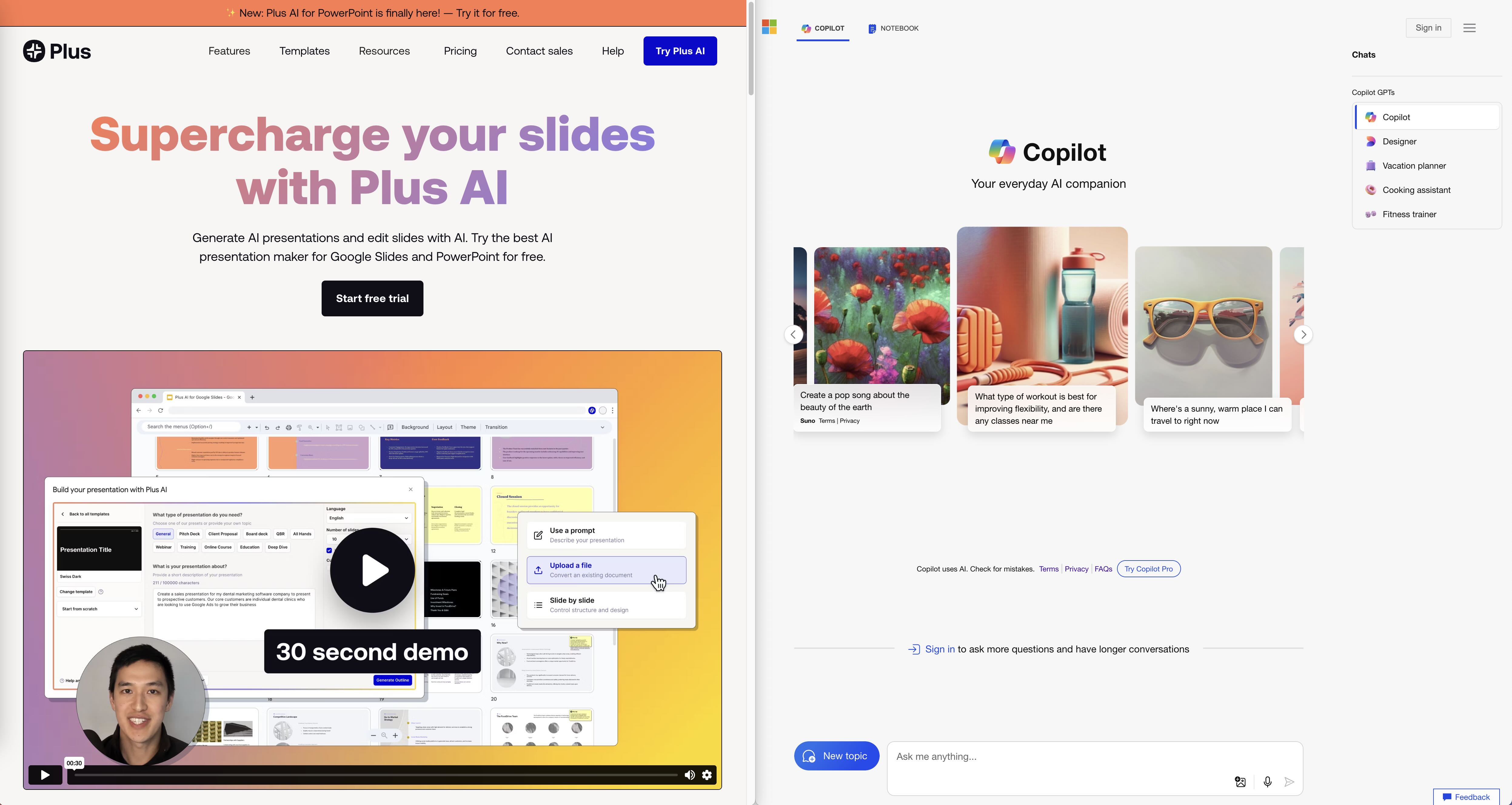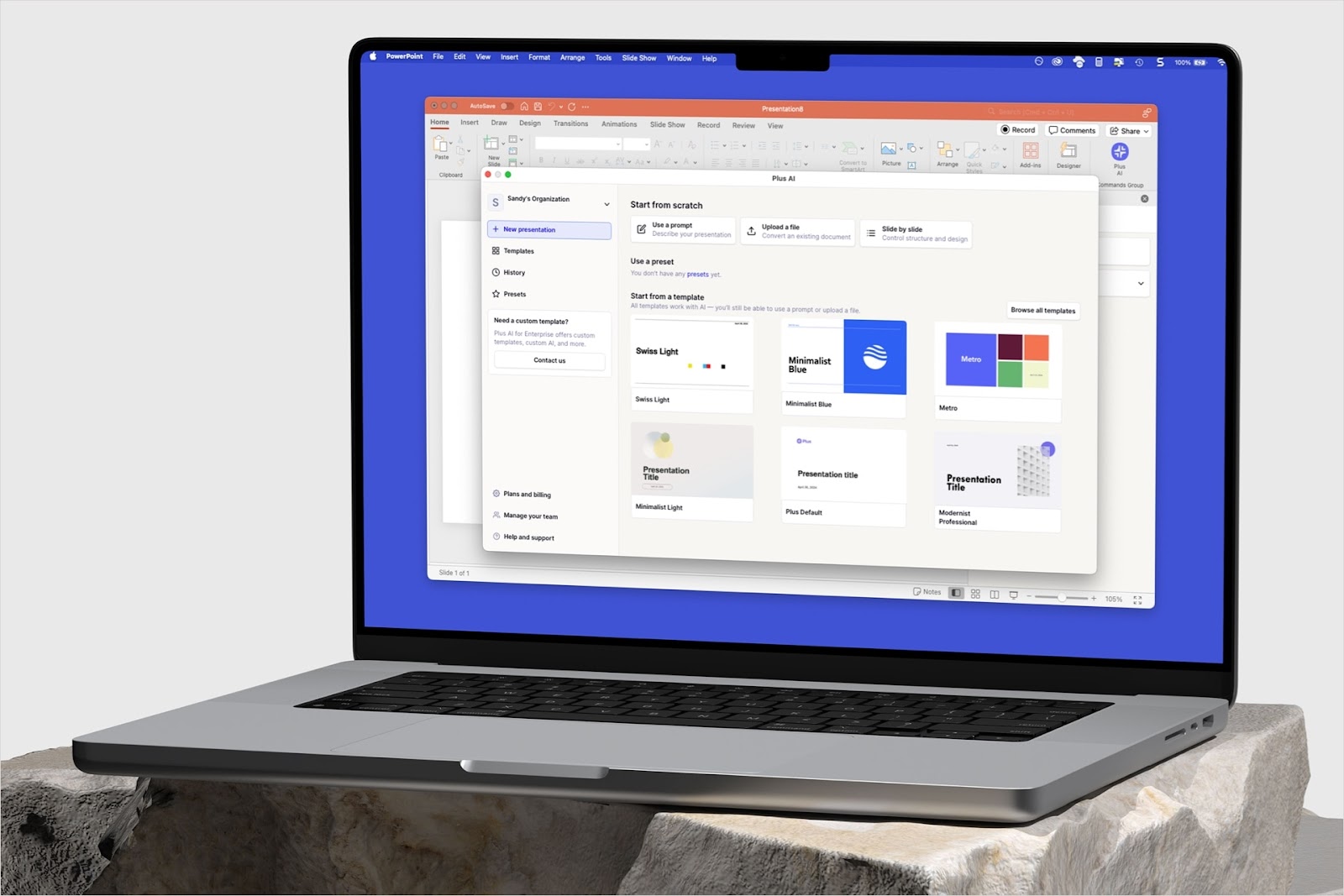The joy and pain of using 100 different SaaS apps
Today, there is an app for everything. A solo entrepreneur can set up an ecommerce store (Shopify), ads (Facebook), newsletter (Substack), fulfillment operation (Shippo), customer support (Zendesk), and back office services (Quickbooks) in a few hours. Within larger companies, every functional team (sales, marketing, finance, product, engineering) uses a different suite of specialized tools, and the average company uses 100+ SaaS apps.
The proliferation of specialized tools is a double-edged sword. While a best-of-breed app for everything is great for solving individual problems, the sheer number of apps across an organization makes it harder and harder to collaborate. Apps don't "talk to one another," users don't have access to the same set of tools, and it's hard to generate an aggregate view of an entire team or business. Individuals (especially managers and executives who have to work across functions) must log in to a dozen different apps, flip across browser tabs, and ask for data in multiple systems, just to understand the state of their business.
Running a data-driven company is becoming harder and more expensive
As companies adopt more tools, information and data becomes more fragmented, and people find it harder to use their data effectively. We hear over and over from business owners, managers, and executives that they feel like they have a hard time understanding "what's going on."
To address this problem, companies often invest in tools and workflows that "put everything in one place." They do things like standardizing on one set of apps (e.g., Teams/O365, ClickUp), piping data from multiple apps into a central data store and visualization tool (e.g., Snowflake + Looker), and/or moving fragmented workflows into one system (e.g., Salesforce, ServiceNow, Airtable). Inevitably, however, there are apps that "don't talk" to the main system, and people find themselves working around the problem to get the visibility they need.
In reality, most companies default to relying on a set of daily, weekly, biweekly, or monthly meetings where teams review relevant data and metrics, usually in a document or presentation that takes hours to manually prepare. These are expensive meetings, but without them, executives and managers feel like they are flying blind. As one CEO told us, "I know it takes a lot of work for the team to pull together the weekly review deck every Thursday, but if we don't put in that time upfront, we won't have a good meeting."
Screenshots are forever
Despite thousands of new "best" productivity apps and data integration tools, the most common way to share business data across an organization today is in the form of a humble screenshot. Screenshots are powerful because they...
- work on any device and any app,
- can be shared with anyone,
- can be easily imported into any productivity tool,
- can be annotated with context to tell a story,
- and share information much faster than reviewing millions of rows of structured data.
Because of their ease of use and universal compatibility, screenshots are the lowest-common-denominator way to collaborate across different tools and teams. And they're especially useful for sharing information with executives and managers, who cannot and should not be in hundreds of SaaS tools.
However, screenshots don't offer the advantages of modern productivity tools. They're typically unorganized and difficult to search. They're not secure — there is no audit log or history of how a screenshot is used or shared. And perhaps most painfully, they are static, and once captured, they instantly become out of date. This means that the people who rely on them (business operations teams, managers, executives), need to spend a lot of time taking and retaking screenshots to move information around.
Reimagining integrations and collaboration at Plus
At Plus, we are building a new solution to the problem of managing too many apps that don't talk to one another. Our goal is to provide the easiest way to capture, see, and share up-to-date data from any source, without having to change your existing tools or workflows.
Here's how we do it:
- Keep it simple. Our users shouldn't feel like they have to learn a new tool. We rely on a very familiar concept — the screenshot
- "It just works." Our users shouldn't have to search for "how to setup ABC to XYZ Plus integration." Plus should just work for everything right out of the box
- Use your existing tools. We don't believe in "one tool to rule them all." We fit into our user's existing tools and workflows
We've launched a private alpha of Plus, which allows users to take a live "Snapshot" of any website or application and then see it update live, share it with others, and embed or push it into other applications such as Google Slides or Slack. Our customers are using Plus to understand the end to end customer journey across different tools, provide partners with limited access to select views of important data, and automate the process of sharing data for recurring updates.
If this sounds interesting to you, we would love to have you join early and help shape the future of Plus. Sign up for our waitlist here.








